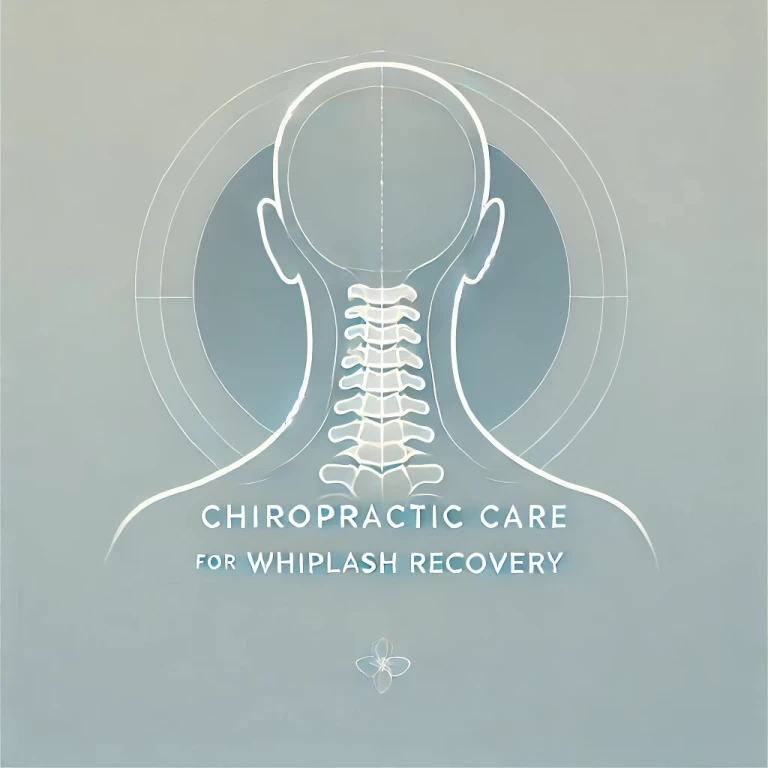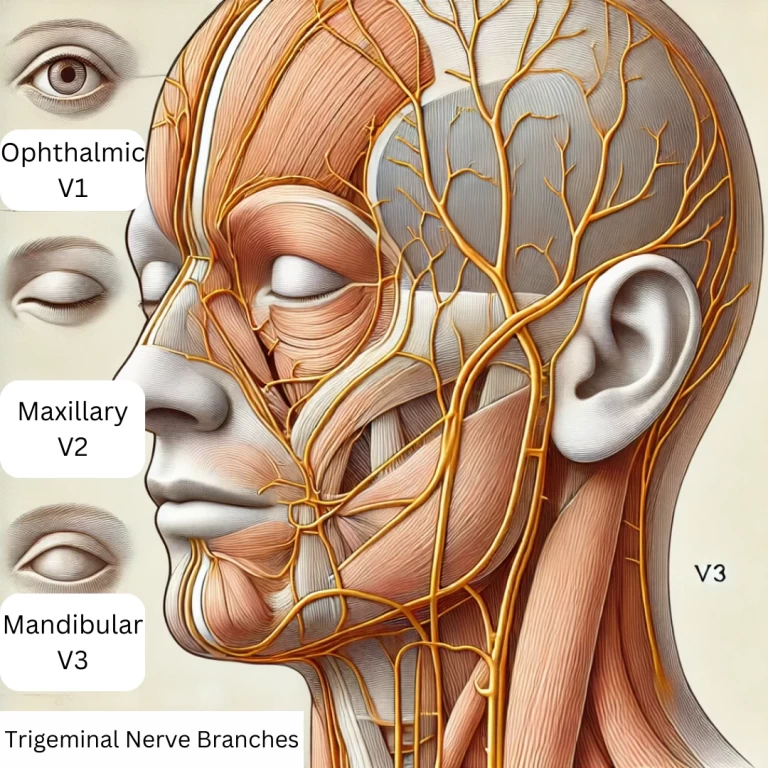
How Chiropractic Care Supports Recovery from Whiplash Injuries
Whiplash is one of the most common injuries associated with car accidents, sports impacts, and other sudden trauma to the head or neck. While it’s often thought of as a temporary condition, whiplash can lead to long-term issues if left untreated. The upper cervical spine, comprising the atlas (C1) and axis (C2) vertebrae, is particularly vulnerable due to its mobility and proximity to the brainstem. Misalignments caused by whiplash not only lead to chronic neck pain but can also contribute to a host of other health problems, including fibromyalgia, multiple sclerosis (MS) symptoms, and accelerated neck arthritis.
By downloading the Digital Patient Chart mobile app you can better control your patient portal.
In this article, we’ll explore how whiplash injuries impact the upper cervical spine, the long-term consequences of untreated misalignments, and how chiropractic care, particularly upper cervical chiropractic care, can support recovery and prevent chronic issues.
Understanding Whiplash Injuries
Whiplash occurs when the neck is subjected to a rapid back-and-forth motion, often caused by rear-end car accidents, contact sports, or falls. This sudden movement can strain or damage the soft tissues, joints, and ligaments in the neck, leading to pain, stiffness, and reduced mobility.
Why the Upper Cervical Spine Is Vulnerable
The atlas (C1) and axis (C2) vertebrae, located at the top of the spine, are uniquely designed for mobility. This allows for a wide range of head movements, but it also makes them less stable and more prone to injury during high-impact events like whiplash.
How Whiplash Forces Cause Misalignments
When the head is thrust forward and backward during a whiplash event, the upper cervical spine is subjected to extreme forces. This can cause the atlas and axis to shift out of alignment, leading to:
- Pressure on the brainstem: Disrupting communication between the brain and body.
- Nerve irritation: Causing pain, inflammation, and dysfunction.
- Restricted blood and cerebrospinal fluid (CSF) flow: Impairing brain and nervous system function.
Even if the initial pain subsides, these misalignments can lead to long-term health issues if not addressed.
The Long-Term Consequences of Untreated Whiplash
While whiplash is often associated with neck pain and stiffness, its effects can extend far beyond the neck. Research has shown that untreated whiplash injuries can increase the risk of chronic conditions and degenerative changes.
1. Increased Risk of Fibromyalgia
According to research, “The risk of developing fibromyalgia is more than ten times higher in adults with neck injuries than in other adults.” This is because chronic neck pain and inflammation can disrupt the nervous system, leading to widespread pain and sensitivity associated with fibromyalgia.
2. Potential Triggers for Multiple Sclerosis Symptoms
“Certain kinds of trauma to the brain and spinal cord, including whiplash injuries, may act as a trigger for the appearance of symptoms associated with multiple sclerosis (MS).” This highlights the importance of addressing whiplash-related misalignments, as they can exacerbate underlying neurological conditions.
3. Increased Risk of Chronic Pain and Other Health Issues
“Whiplash injuries not only increase your chances of chronic neck and shoulder pain, they also increase the probability of many other health problems and issues.” Misalignments in the upper cervical spine can disrupt the autonomic nervous system, leading to secondary conditions such as:
- Headaches or migraines.
- Vertigo and dizziness.
- Jaw pain or TMJ dysfunction.
- Digestive and immune system dysfunction.
4. Accelerated Neck Arthritis
“Compared to the necks of uninjured patients, a single incidence of whiplash increases the occurrence of neck arthritis by ten years.” This means that even a minor whiplash injury can lead to early degenerative changes in the cervical spine, further compounding pain and mobility issues.
How Chiropractic Care Supports Recovery from Whiplash
Chiropractic care is an effective, non-invasive approach to addressing the root causes of whiplash symptoms. By focusing on restoring alignment and function to the spine, chiropractors help the body heal naturally and prevent long-term complications.
The Benefits of Upper Cervical Chiropractic Care
Upper cervical chiropractic care is particularly effective for whiplash injuries because it targets the atlas and axis vertebrae, which are often misaligned in such cases.
1. Correcting Misalignments:
Precise adjustments realign the upper cervical spine, relieving pressure on the brainstem and nerves.
2. Reducing Inflammation:
Chiropractic care promotes proper joint motion, reducing inflammation and facilitating healing in damaged tissues.
3. Improving Nervous System Function:
By restoring alignment, chiropractic adjustments optimize nervous system communication, alleviating symptoms like headaches, dizziness, and pain.
4. Preventing Chronic Conditions:
Regular care can prevent the long-term consequences of whiplash, including early arthritis and chronic pain syndromes like fibromyalgia.
What to Expect During Upper Cervical Chiropractic Care
If you’re recovering from a whiplash injury, here’s what you can expect from an upper cervical chiropractor:
Comprehensive Assessment
Your chiropractor will perform a detailed evaluation, including:
- Medical history: To understand the nature of your injury and symptoms.
- Imaging: X-rays or advanced diagnostics to identify misalignments in the upper cervical spine.
Personalized Care Plan
Based on your assessment, the chiropractor will develop a care plan tailored to your needs, which may include:
- Gentle, precise adjustments to correct atlas and axis misalignments.
- Lifestyle recommendations to support recovery and prevent re-injury.
Follow-Up and Monitoring
Regular visits ensure that your alignment is maintained, allowing your body to heal fully and prevent future issues.
Realigning the Upper Cervical Spine for Long-Term Health
By addressing misalignments in the upper cervical spine, chiropractic care not only alleviates symptoms of whiplash but also supports overall health and well-being.
Additional Benefits of Chiropractic Care:
- Improved posture and mobility.
- Enhanced blood and CSF flow, promoting brain and nervous system function.
- Reduced reliance on medications for pain management.
Final Thoughts
Whiplash injuries are more than just a temporary inconvenience; they can have lasting effects on your spine, nervous system, and overall health. Misalignments in the upper cervical spine caused by whiplash can lead to chronic pain, degenerative conditions, and systemic health issues if left untreated.
Chiropractic care, particularly upper cervical chiropractic, offers a targeted, natural solution to support recovery and prevent long-term complications. By restoring alignment and optimizing nervous system function, chiropractic care empowers your body to heal and thrive.
If you’ve experienced a whiplash injury, consult an upper cervical chiropractor near Cedar Rapids, Hiawatha, or Marion, Iowa to begin your journey to recovery and long-term health.







Leave a comment